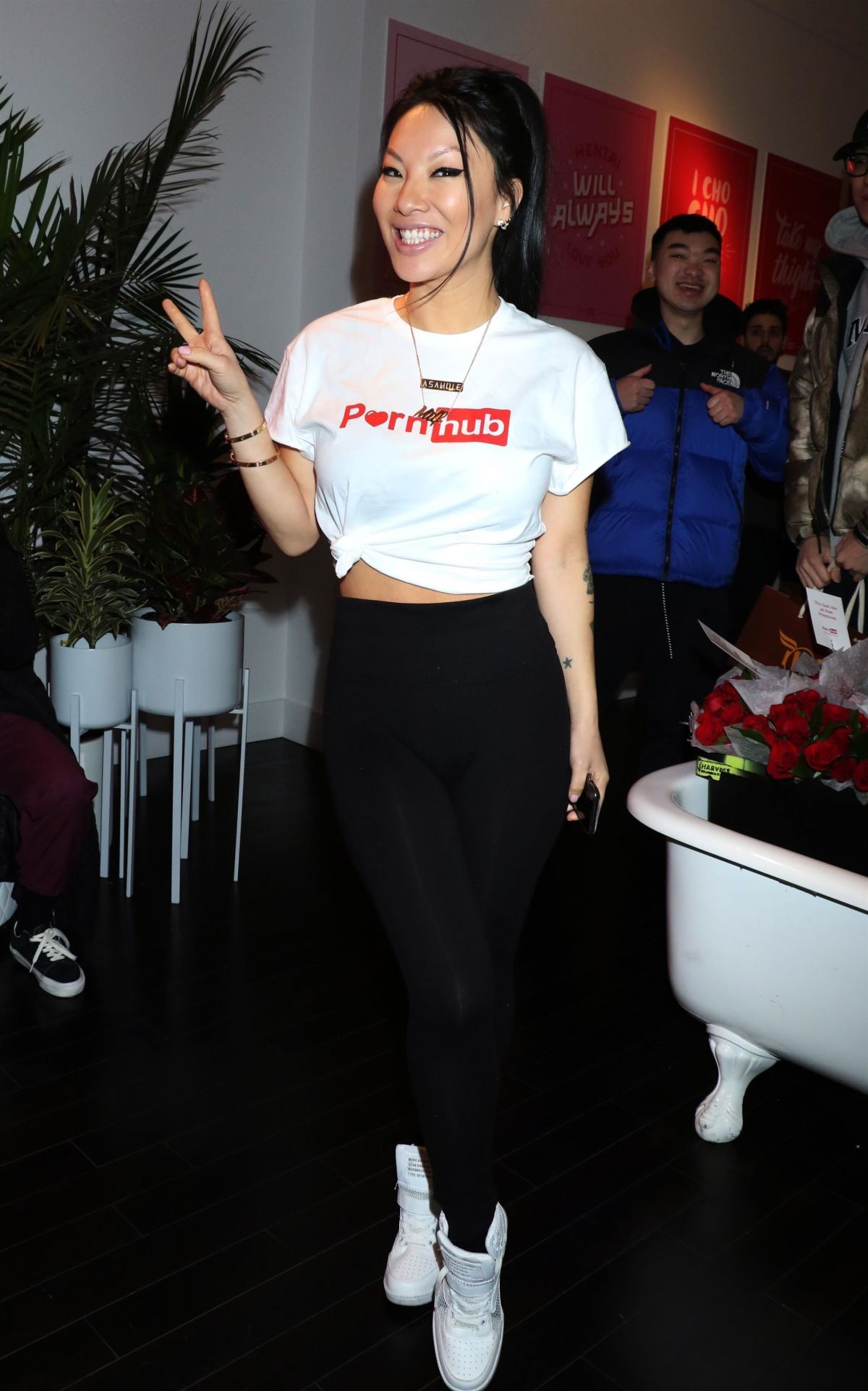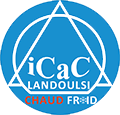(a) Reading abilities

We obtained a dozen bumble-bee (Bombus terrestris dalmatinus) territories, for each and every that contains 3040 professionals, out of Koppert Biological Possibilities (Berkel durante Rodenrijs, The netherlands). All specialists was basically exclusively noted towards the thorax which have designated, colored labels (Opalith tags; Christian Graze Kilogram, Germany). Which anticipate men and women to feel truthfully understood in laboratory reading studies and you can profession foraging trials.
The new bees was in fact pre-trained to forage out of 20 bicoloured, bluish and red-colored, phony vegetation when you look at the a lab airline arena. Brand new rectangular, bicoloured plants were made of one or two halves (for every twelve?24 mm): you to definitely reddish (Perspex Red 260) and also the most other bluish (Perspex Bluish 727). Throughout pre-knowledge, all bicoloured flowers was https://kissbridesdate.com/scottish-women/ in fact compensated having fifty% (w/w) sucrose services providing in the past the colour-naive bees with an equal opportunity to user one another colours having award (Raine et al. 2006b). Bees doing no less than five successive foraging bouts for the bicoloured flowers have been selected getting studies. Such foragers had been coached directly, inside a trip arena which has had ten blue (Perspex Bluish 727) and you will ten red (Perspex Yellow 260) fake herbs (for every 24?24 mm). Reddish herbs had been satisfying (each contains fifteen ?l out-of fifty% (w/w) sucrose solution), whenever you are blue herbs had been empty (unrewarding). Bees had been considered opting for a flower when they sometimes contacted (inspected) or landed on it. Obtaining towards a rose did not necessarily end up in a feeding (probing) skills. Therefore, in advance of probing a worthwhile (yellow) rose, bees you are going to prefer one another yellow/satisfying or bluish/unrewarding herbs of the addressing otherwise obtaining on them (without probing). Opting for a reddish (rewarding) flower try considered to be correct’, while you are choosing a bluish (unrewarding) flower was considered is a keen error’. We recorded the possibility sequence made by each bee from the big date it very first registered the newest trip arena. Tape the new flower alternatives for each bee ceased immediately after they got produced 99 rose options pursuing the first time they probed good satisfying (yellow) flower (Raine ainsi que al. 2006b). Ergo, each bee made no less than 100 rose possibilities, like the first-time they probed a worthwhile rose, together with one possibilities created before so it earliest probing experience.
Plants was basically changed as well as their ranks lso are-randomized ranging from foraging bouts to eliminate bees playing with smell scratches or early in the day rose ranking since predictors of award. Flower tones was in fact selected so bees needed to defeat their strong, unlearned liking to possess bluish, in advance of associating one of their innately minimum preferred colors (yellow) that have reward (Chittka et al. 2004; Raine mais aussi al. 2006a). Fifteen bees was instructed off for every single colony (we.age. 180 bees overall) ranging from cuatro and you will . Thorax depth dimensions was basically pulled for each of these bees given that a measure of muscles dimensions. Regulated lights to possess lab experiments are provided by high-regularity neon lighting (TMS 24F lighting fixtures that have cuatro.step 3 kHz ballasts (Philips, Holland) fitted which have Activa daylight hoses (Osram, Germany)) to help you replicate absolute daylight above the bee flicker collection volume.
(b) Understanding contours
The starting point for each bee’s learning curve was the proportion of errors made (blue flowers chosen) before the bee first probed a rewarding (yellow) flower. For bees making fewer than five flower choices (either by approaching or landing on them) before probing a rewarding flower (n=53), we used the colony mean proportion of errors (calculated from bees making five or more such choices). Flower choices made by each bee after (and including) the first time it probed a rewarding (yellow) flower were evaluated as the number of errors (blue flowers chosen) in each group of 10 choices. Learning curves (first-order exponential decay functions: y=y0+Ae ?x/t ) were fitted to these 11 data points (i.e. the start pointing and subsequent 10 groups of 10 flower choices) for each individual bee, using Microcal Origin (Chittka et al. 2004; Raine et al. 2006b), to capture the dynamic nature of the learning process. Here, x is the number of flower choices the bee made, starting with the first time it probed a yellow flower, and y is the number of errors. The saturation performance level (y0) is the number of errors made by a bee after finishing the learning process, i.e. when reaching a performance plateau. The decay constant (t) is a measure of learning speed: high values of t correspond to slow learning, whereas lower t values indicate faster learners. A is the curve amplitude: the maximum displacement (height) of the curve above y0. Both amplitude (A) and saturation performance (y0) were constrained between 0 and 10 for curve fitting. Eight (out of 180) bees showed no appreciable improvement in performance during the task, and the software generated learning curves’ that were essentially horizontal lines. These bees were excluded from subsequent analyses because their t values were either very high (>400) or negative.

